Small Clock...Brass? Iron? What Metal?
nhb22
9 years ago
Related Stories
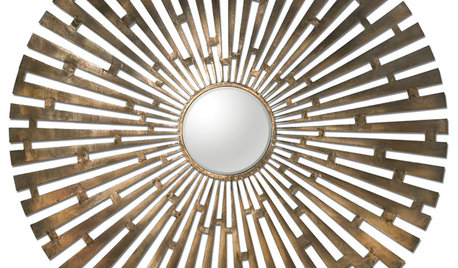
SHOP HOUZZHouzz Products: Luxuriate in New Looks for Warm Brass
Add the muted tones of vintage brass to your modern metal mix
Full Story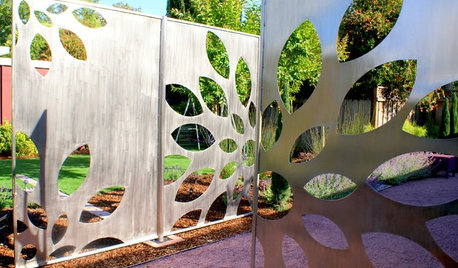
LANDSCAPE DESIGNPolish Your Garden's Look With Metal
Use iron dividers and planters, steel steps and walls, and even metal water features to give a landscape a decorative edge
Full Story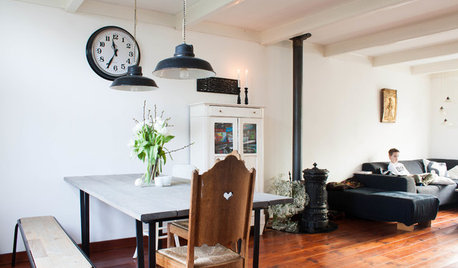
HOUZZ TOURSMy Houzz: Going Heavy on the Metal for Industrial-Style Beauty
Steel and iron pieces mix with antiques and heirlooms in an eclectic Netherlands home
Full Story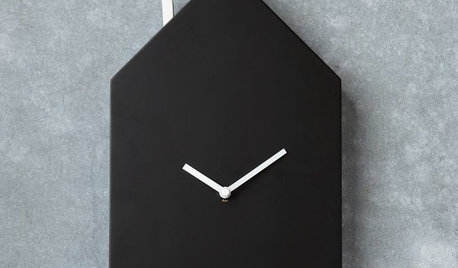
PRODUCT PICKSGuest Picks: Time to Buy a Clock
Cell phone screens just can’t compete with the charm of analog timepieces like these
Full Story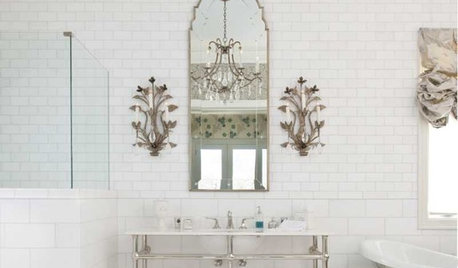
BATHROOM DESIGNHow to Mix Metal Finishes in the Bathroom
Make a clean break with one-dimensional bathroom finishes by pairing nickel, silver and bronze hardware and fixtures
Full Story
METALAdd a Little Metal to Make Your White Room Shine
Metal finishes add depth and interest to white spaces. Which ones will create the mood and character you’re after?
Full Story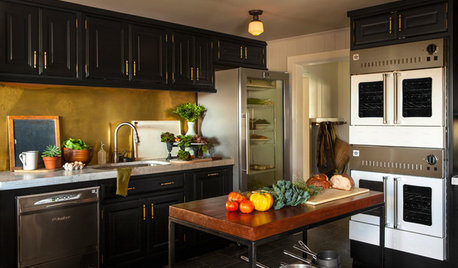
FARMHOUSESAn Iron Chef’s Farm Kitchen Gets Some Kick
Pro appliances and improved accessibility prove the right recipe for a kitchen that now multitasks with ease
Full Story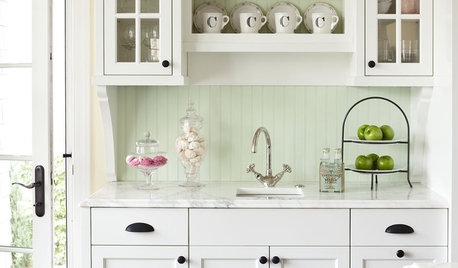
KITCHEN DESIGNHow to Mix Metal Finishes in the Kitchen
Leave matchy-matchy to the catalogs and let your kitchen's personality shine with a mix of metals for hardware and fixtures
Full Story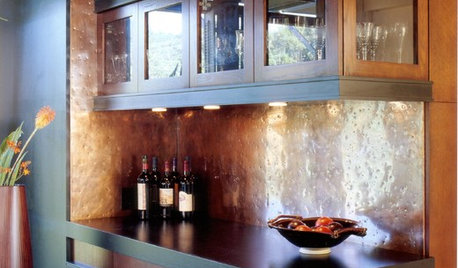
DECORATING GUIDES7 Great Places for a Hammered Metal Finish
Amp up the character in your kitchen (or any room, really) with the gorgeous texture and artful look of hammered metal
Full Story
BATHROOM DESIGN7 Metal Tubs That Steal the Show
Industrial-style metal tubs offer lightweight, unique alternatives to porcelain. Could a metal tub be for you?
Full Story






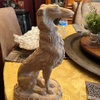
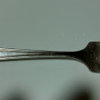


mfrog
lazy_gardens
Related Professionals
Camarillo Furniture & Accessories · Racine Furniture & Accessories · Fountain Furniture & Accessories · Bloomingdale Interior Designers & Decorators · Lawrenceville Painters · Gurnee Painters · Ladera Ranch Painters · Rossmoor Painters · Santa Fe Painters · Somerset Painters · Vashon Painters · Rome Furniture & Accessories · Encinitas Furniture & Accessories · Wellesley Furniture & Accessories · Pompano Beach Professional Organizersnhb22Original Author
jemdandy
nhb22Original Author
jemdandy